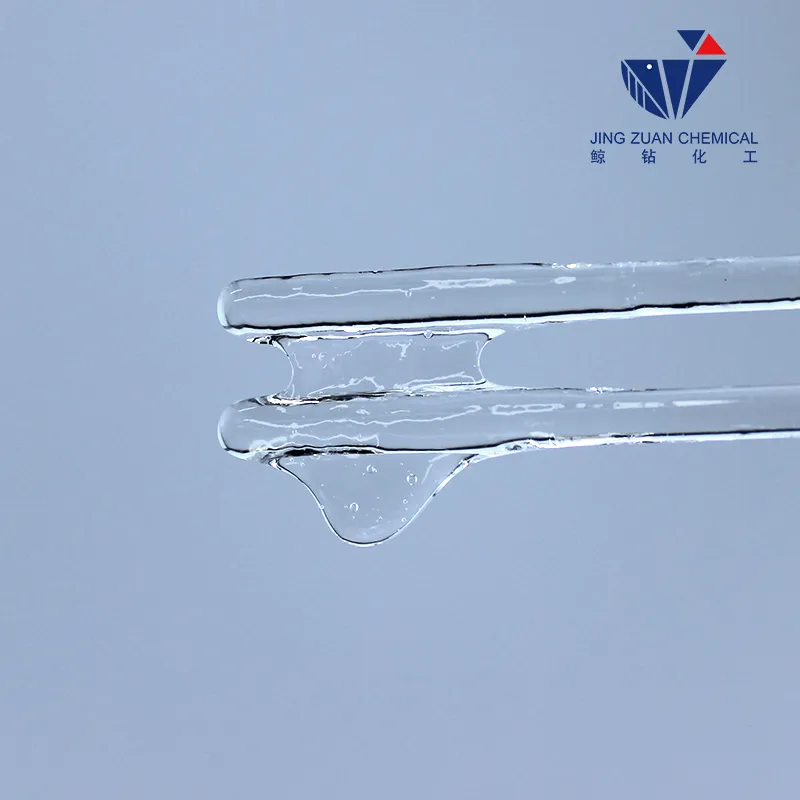
Oktoba . 19, 2024 14:39 Back to list
hydroxypropyl methyl cellulose cas number
Understanding Hydroxypropyl Methyl Cellulose Applications and Benefits
Hydroxypropyl Methyl Cellulose (HPMC) is a versatile chemical compound that has gained significant attention in various industries due to its unique properties. It is a semi-synthetic polymer derived from cellulose, the natural polymer that forms the structure of plant cell walls. The development of HPMC has enabled advancements in numerous fields, particularly in pharmaceuticals, construction, food products, and personal care.
Chemical Composition and CAS Number
HPMC is defined by its chemical structure, which includes hydroxypropyl and methyl groups attached to the cellulose backbone. This modification enhances its solubility in water and improves its functional properties. The Chemical Abstracts Service (CAS) number for Hydroxypropyl Methyl Cellulose is 9004-65-3, an identifying number that makes it easier for researchers, manufacturers, and regulatory bodies to reference the compound.
Pharmaceutical Applications
One of the most significant applications of HPMC is in the pharmaceutical industry. HPMC is often used as a film-forming agent, thickener, and stabilizer in various drug formulations. It can be found in tablets, capsules, and topical preparations. Due to its ability to control the release of active ingredients, HPMC serves as a crucial component in sustained-release formulations, enhancing the efficacy and bioavailability of medications.
Moreover, it is employed in the formulation of ophthalmic solutions and lubricating eye drops, where it aids in moisture retention and provides a soothing effect for dry eyes. The compatibility of HPMC with various solvents and active ingredients makes it an invaluable excipient in pharmaceutical R&D and production.
Construction Industry
HPMC has also found a prominent place in the construction industry. It is commonly used as an additive in cement-based products like tile adhesives, grouts, and plaster. By imparting enhanced workability, adhesion, and water retention properties, HPMC improves the performance and durability of construction materials.
hydroxypropyl methyl cellulose cas number

In addition, its water-retentive properties help in preventing the premature drying of cement, providing adequate time for the curing process. This contributes to the overall strength and longevity of the structures. The use of HPMC in construction not only optimizes material performance but also aids in the application process, making it easier for contractors to achieve high-quality results.
Food Industry Uses
In the food industry, HPMC is recognized for its versatility as a food additive. It serves as a thickening agent, emulsifier, and stabilizer in a variety of products. Common applications include sauces, dressings, baked goods, and dairy products. As a non-toxic and gluten-free alternative to traditional thickeners, HPMC helps improve texture and mouthfeel while offering clarity and stability to formulations.
Moreover, HPMC is used in vegetarian and vegan products as a substitute for gelatin, providing similar gelling and thickening properties. Its functional benefits extend to increasing shelf life by reducing moisture migration in packaged food products.
Benefits in Personal Care Products
The cosmetic and personal care industry has also embraced HPMC due to its multifunctional properties. It is included in products such as shampoos, lotions, and creams, where it acts as a thickener, stabilizer, and film-former. HPMC enhances the viscosity of formulations, ensuring a better application experience for consumers.
In addition to its aesthetic benefits, HPMC is valued for its skin-conditioning properties. It aids in moisture retention, improving the hydration of the skin and ensuring that cosmetic products are both effective and pleasant to use.
Conclusion
In conclusion, Hydroxypropyl Methyl Cellulose is a remarkable compound with diverse applications across multiple industries. Whether in pharmaceuticals, construction, food, or personal care, HPMC serves an essential role in enhancing product performance and consumer experience. Its identification through the CAS number 9004-65-3 allows for consistency and standardization in research and industrial processes. As industries continue to innovate, the applications of HPMC are likely to expand further, harnessing its beneficial properties for new and emerging products.
-
tile-bonding-additives-for-stronger-bonds
NewsAug.22,2025
-
construction-grade-rdp-for-wholesale-needs
NewsAug.22,2025
-
trusted-wholesale-hec-partners
NewsAug.22,2025
-
hec-solutions-for-industrial-excellence
NewsAug.22,2025
-
construction-additives-need-hpmc-essentials
NewsAug.22,2025
-
hpmc-versatile-cellulose-ether-for-industries
NewsAug.22,2025







